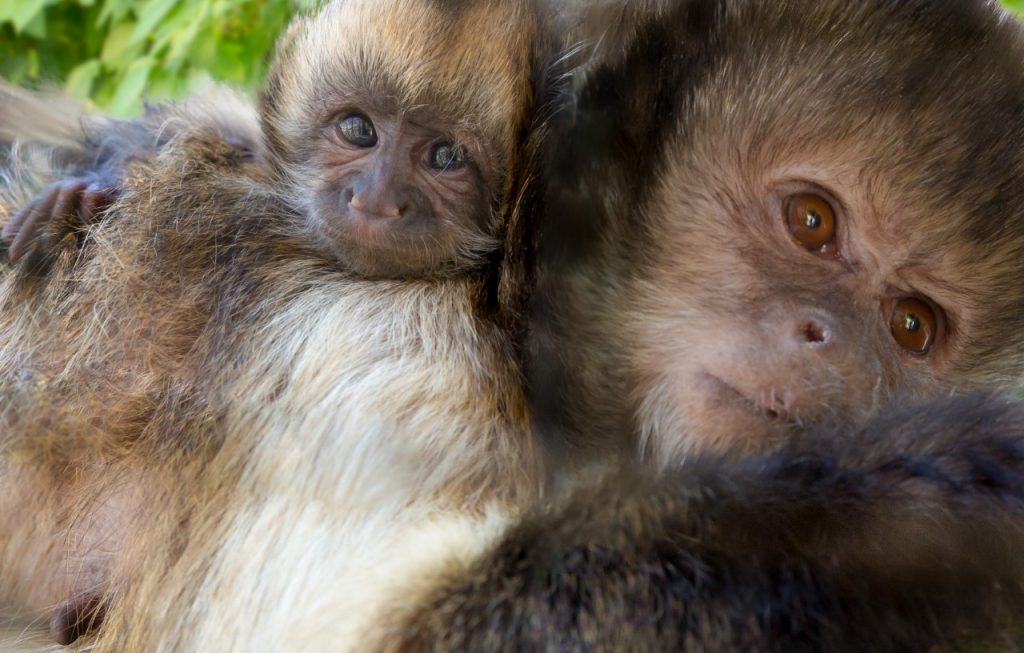The effect of bamboo intake on fecal consistency in Giant Pandas (Ailuropoda Melanoleuca)
Citation
Nickley JK, Edwards MS, Bray RE. 1999. The effect of bamboo intake on fecal consistency in Giant Pandas (Ailuropoda Melanoleuca). In Proceedings of the Third Conference on Zoo and Wildlife Nutrition, AZA Nutrition Advisory Group, Columbus, OH.
Abstract
Although taxonomically classified as a carnivore, the giant panda (Ailuropoda melanoleuca) has evolved to consume a herbivorous diet consisting primarily of bamboo. Traditional captive feeding strategies have not reflected the natural diet and instead combined readily digested animal products and high-starch grain mixtures fed with variable amounts of bamboo. Improper nutritional management may lead to gastrointestinal disorders, often manifested as loose and/or mucous stools. Mucous stools are unique to captive giant and red pandas, and occurrence in wild pandas has not been documented. Data collected on giant pandas (n=2) at the Zoological Society of San Diego allowed the determination of a relationship between fecal consistency and bamboo intake. Since 1996, diet of the giant pandas has been manipulated from a traditional captive diet to one consisting of bamboo browse offered ad libitum, high fiber biscuits and limited produce (e.g. carrot, yam, and apple). The feces were graded on a scale consisting of six categories, dry and crumbled to mucous. Feces scored as badly formed (4), loose (5) and mucous (M) was 10.5 % of total fecal output for the male vs 0.41% for the female during a two year collection period (01 Jan 98 – 31 Dec 99). Bamboo consumption for the male and female averaged 56% and 75% of the total ration (DM), respectively. Additional data collection is on going to support the benefits of feeding higher fiber diets (bamboo) to maintain appropriate fecal consistency and GI tract health in giant pandas.
 7_NICKLEY.pdf 78 KB
7_NICKLEY.pdf 78 KB








